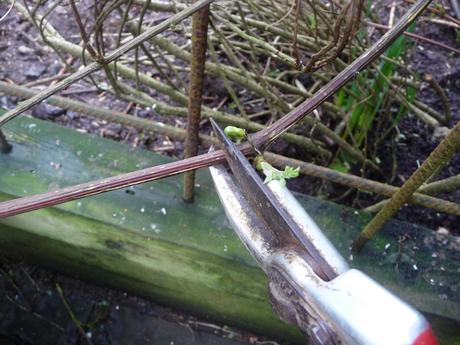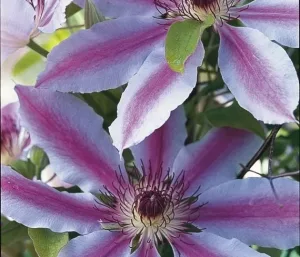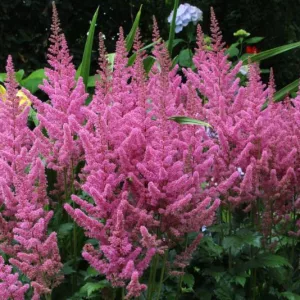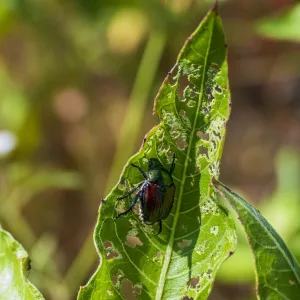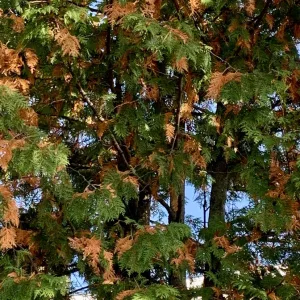I am still getting quite a few inquiries about how to cut back clematis vines for the winter. It’s recommended that clematis be left alone at this time of year and pruned in late winter/early spring. In our area, pruning is best done in early to mid April, as soon as the ground is dry enough to be out in the garden.
Traditional pruning methods for clematis separate them by the type you are growing. There are three categories:
Group 1 plants normally bloom early in the season, with flowers produced on the previous year’s growth. Some examples hardy to our area are the alpine and macropetala types. These varieties originate from the mountainous regions of Europe, northern China, eastern Siberian and Mongolia. They have small nodding or upwards facing flowers, that when finished blooming, produce fluffy seed heads.
I have an alpine clematis trained on an obelisk near my garden shed. It is a very tough vine that has survived despite 2 major garden renovations, some occasional neglect, and being in part-shade now that trees have matured. When I see the reddish-purple nodding flowers in spring, I just feel happy!
Group 1 clematis don’t really require any pruning, but if you feel the plant is getting a bit leggy, pruning should be done immediately after it flowers. Remove any weak or spindly growth, cut out dead stems and shorten the plant slightly.
Group 2 clematis are those that bloom early with large single and double flowers, e.g. Nelly Moser or Duchess of Edinburgh. They require some mature vines from the previous year’s growth be left intact.
In early spring, as soon as you see buds on the vines start to swell, prune Group 2 clematis by cutting back any weak or dead stems to the first set of healthy buds, typically 2 to 3 feet from the ground. It is best to stagger the height of pruning slightly by cutting a few stems to 6″ to 8″ from the ground. This will encourage fresh growth from the base.
Group 3 clematis are traditional summer flowering types that bloom on new growth. The most popular example is Jackmanni, which has beautiful dark purple flowers .
The small flowering, very hardy viticella types and the shorter integrifolia clematis are also in group 3. I have viticella Madame Julia Correvon growing in a garden at the front of my house which faces the water. It survives extremely cold winter conditions.
Pruning for group 3 is very simple. Cut all stems back to 4″-6″ from the ground in early spring. Some gardeners will also cut back these types in fall when cleaning up the garden.
If you don’t know what type of clematis you have, wait until spring before pruning. If all new growth is emerging from ground level, cut it back hard.
If you see growth beginning on the old vines and you know the flowers produced in summer are large, cut some stems back to the first swelling buds, 2′ to 3′ from the ground. Leave a few vines quite long and cut a few back harder.
If you see growth beginning on the old vines and you know that the flowers appear in spring, prune after it flowers.
If you have just moved and aren’t sure what the size or type of flowers the clematis will produce, but you see growth appearing from the old vines, wait to see what type of flowers grow. Then you will know how to prune that clematis.
Be sure to make good notes in a garden journal, so you will know how to prune all your clematis vines moving forward.
Also, remember that dead or broken stems can be pruned any time you notice them.
